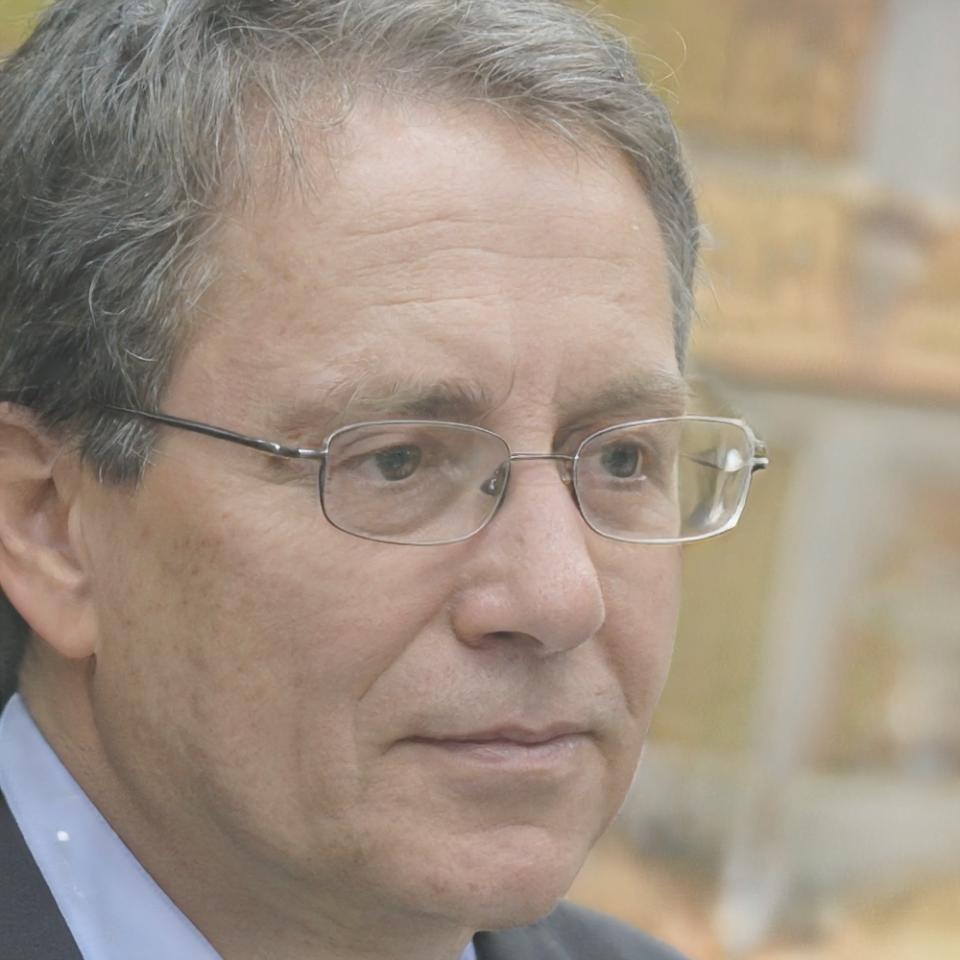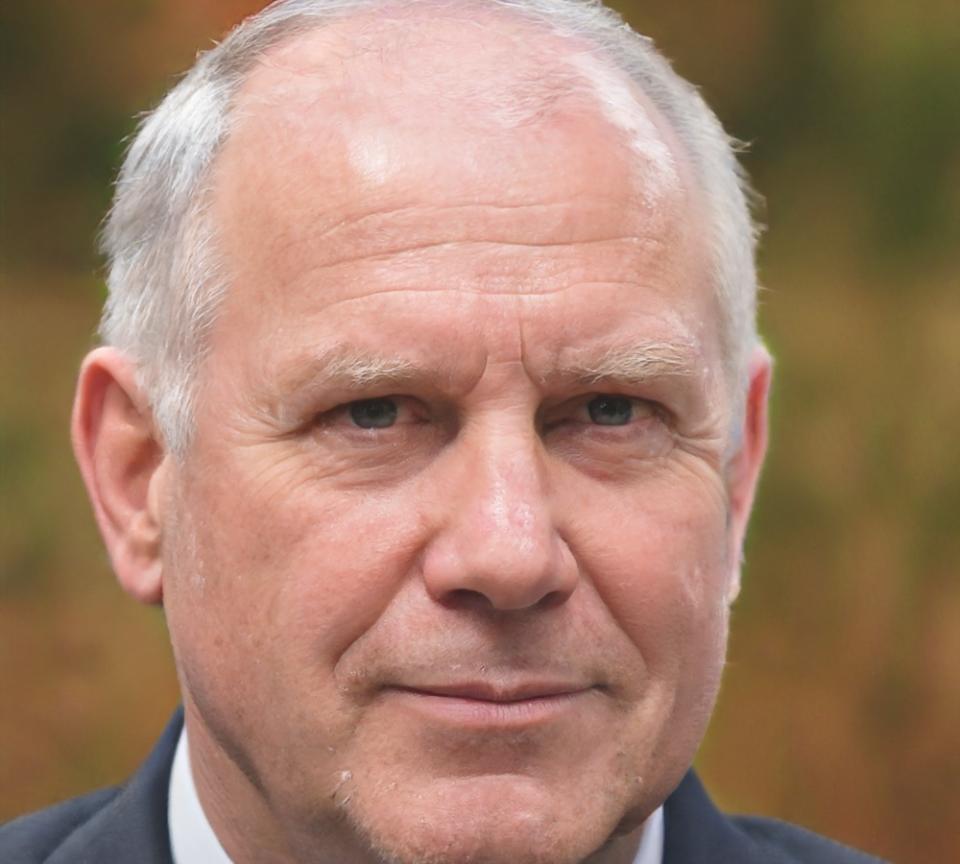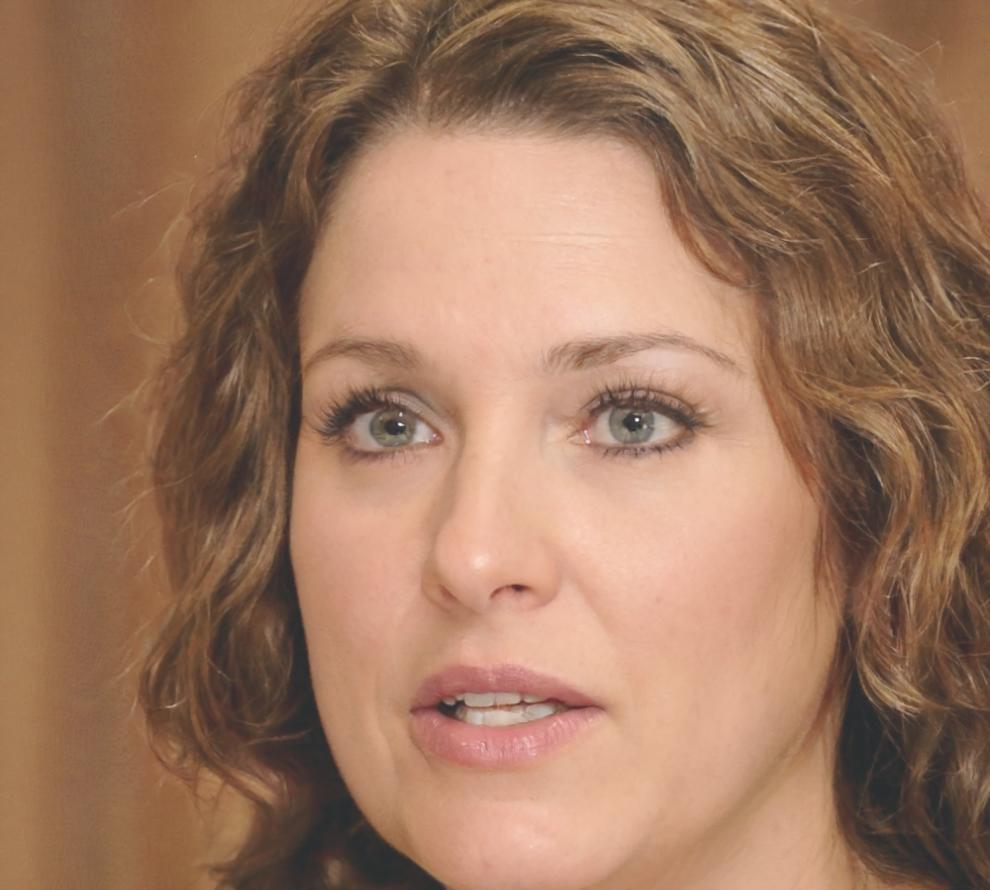Game Development Intensive Program
Build real skills in mechanics design and 3D creation through hands-on projects. Our autumn 2025 cohort focuses on practical techniques that actually get used in production environments.
Apply for Autumn 2025What You'll Actually Learn
This isn't about memorizing theory. We structure each module around building something functional. By the end, you'll have portfolio pieces that show what you can do.
Core Mechanics Design
Start with movement systems and player feedback. We break down how controls feel responsive and why timing matters more than complexity.
- Input handling and state machines
- Physics-based movement
- Camera behavior patterns
- Collision response systems
- Prototyping workflows
3D Asset Pipeline
From modeling to engine integration. You'll learn optimization techniques that keep framerates stable without sacrificing visual quality.
- Blender modeling fundamentals
- UV mapping strategies
- PBR material setup
- LOD creation methods
- Import and setup workflows
Systems Integration
Connect mechanics to environments. This module covers spawning systems, AI behavior trees, and how different game systems communicate.
- Event-driven architecture
- Component-based design
- State synchronization
- Performance profiling
- Debug tooling setup
Who Teaches This
Our instructors work on shipped titles. They've dealt with production constraints, tight deadlines, and the messy reality of game development.

Viktor Marlow
Spent seven years at mid-size studios working on platformers and action titles. Viktor focuses on feel and iteration speed rather than over-engineering systems.

Darian Frost
Bridges the gap between art and engineering. Darian's background in shader work and pipeline optimization helps students avoid common bottlenecks.

Simone Keller
Worked on open-world projects where asset efficiency determines what's possible. Simone teaches practical modeling techniques that scale to larger scenes.
Common Problems Students Hit
We've taught this program three times now. Here's what trips people up and how we address it.

Performance Tanks on Real Devices
Your editor runs fine, then you test on target hardware and framerates drop. We teach profiling from day one. You'll learn to spot draw call issues, overdraw problems, and memory pressure before they become disasters.
Mechanics Feel Floaty or Unresponsive
Input delay and animation blending cause this. We break down buffer windows, interpolation methods, and how to tune acceleration curves. Small adjustments make huge differences in how controls feel.
Assets Look Wrong in Engine
What renders beautifully in Blender often needs adjustment for real-time. We cover normal map baking, texture compression artifacts, and lighting setup that translates between tools.
Upcoming Sessions
Autumn 2025 Cohort
Meets Tuesday and Thursday evenings, 18:00-21:00 CET. Weekend workshops happen twice per month for hands-on project work. Remote attendance available for lectures, but in-person sessions recommended for feedback quality.
Spring 2026 Cohort
All sessions conducted online with recorded lectures. Same curriculum as hybrid format. Works well for participants outside Málaga or those with scheduling constraints.
Program Investment
Payment plans available. Early registration (60 days before start) gets €200 discount.
- 16 weeks of structured learning
- Access to workstations and software licenses
- Code review and portfolio feedback
- Project hosting and version control setup
- Alumni network access
- Recordings of all lecture sessions
